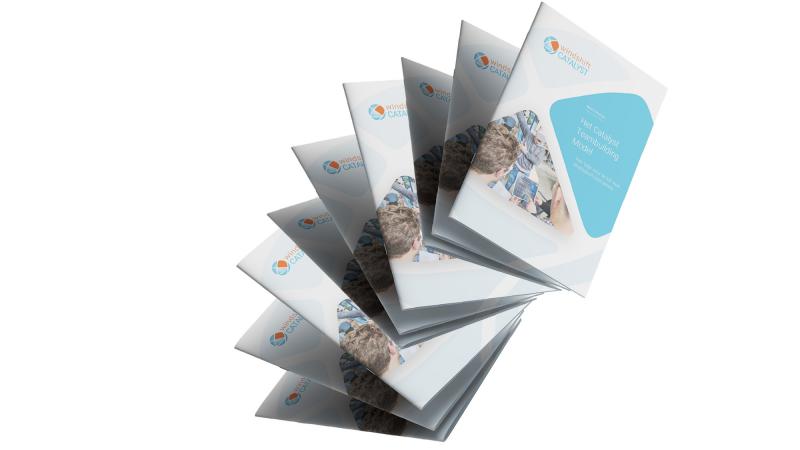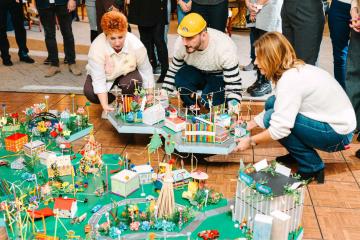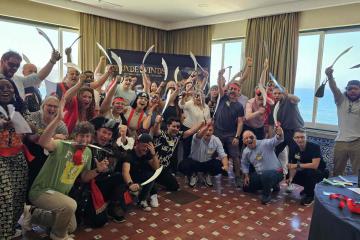Online tutoring and the gamification of learning has become increasingly popular over the last decade, seeing use by the education sector and corporations alike. Gamification creates exciting, educational and fun learning experiences, offering additional benefits that conventional systems are unable to achieve. Research shows that gamification in learning increases engagement instils a sense of accomplishment and improves overall retention tenfold when compared to traditional learning methods such as reading and listening. In short, the application of game mechanics in team building has been shown to drastically increase its effectiveness. Technology is playing an increasingly important role in the delivery of team building programs with pen and paper being replaced by digital tools such as smartphones, tablets and GPS systems throughout conventional team building activities.

The Future of Team Building
Looking forward into 2019, the most impressive and effective team building will come from collaborative VR games like The Infinite Loop and activities that involve bespoke, high-tech contraptions like Red Alert’s (pictured below) customised puzzle crates and flaming red count down contraption.

Escape room style themes have also been growing in popularity and will transition into the team building landscape even further, allowing participants to enter different worlds and take on fictitious roles whilst simultaneously developing useful skills. An excellent example of this is Outbreak - Escape the Virus, an activity that asks participants to save the world from a deadly virus, utilising escape room-style puzzles in conjunction with technology to achieve full immersion, motivation, inclusion and enhanced learning retention.

How Science Supports Gamification in Learning
When humans participate in activities that stimulate their bodies or minds, the body releases endorphins. Endorphins are neurotransmitters that contribute towards a feeling of happiness and motivation, particularly when you achieve something or complete a task successfully. Catalyst's latest Go Team program, Escape the Maze, is specifically designed to harness this by giving teams a challenge and rewarding them for successful completion whether it be through points, a virtual prize or moving to the next level. This releases endorphins, creating a feeling of positivism which drives continued engagement, motivation and success.
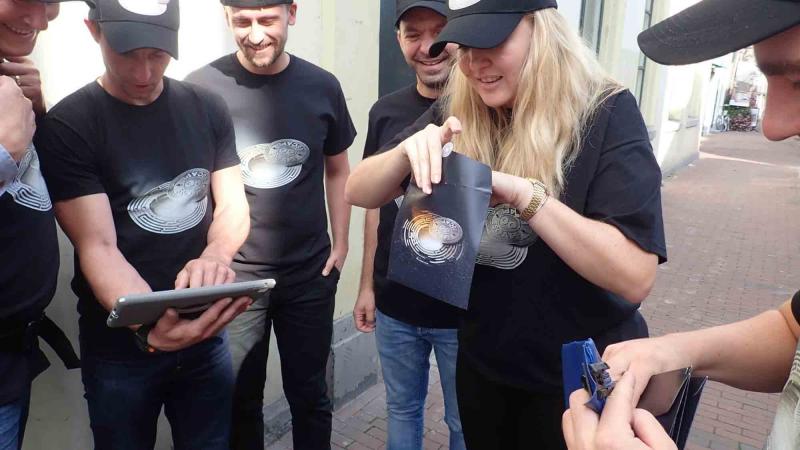
Risk & Reward
Risk and reward do even more to help participants push themselves and achieve. We are all aware of the addictive nature of poker machines, pachinko, mahjong and other gambling or risk-taking related games, a trait that team building exercises can utilise to further engage the participants.
In Quickfire, teams must risk their tokens to participate in a challenge which, when completed successfully, rewards them with more tokens to invest. This creates an activity loop where the attendees continually repeat what they are doing due to the enjoyment, risk and reward involved. The repetition that this loop brings allows the attendees to hone the relevant skills more effectively and analytically, without creating a monotonous or boring cycle of events which would ultimately leave the teams bored and disengaged. This balance of fun and education is what makes an effective team building event so useful, as the participants find themselves continually developing a specific skill set through an enjoyable and engaging medium

Endorphins
A well-known problem with ill-conceived team building programs is lack of engagement, where one or more team members become passive observers rather than participants. Through gamification, clever design and the use of technology, all participants can be actively involved, with endorphins ensuring their involvement increases throughout the game. Research shows that the release of endorphins also assists in overall educational retention, which is valuable scientific insight when designing a technology-based team building game.
Whether you are trying to increase conference engagement or simply hope to organise a team-building exercise, including questions and challenges that centre around your desired learning outcome will ensure participants are engaged, motivated and able to effectively absorb the information, committing it to their long-term memory.
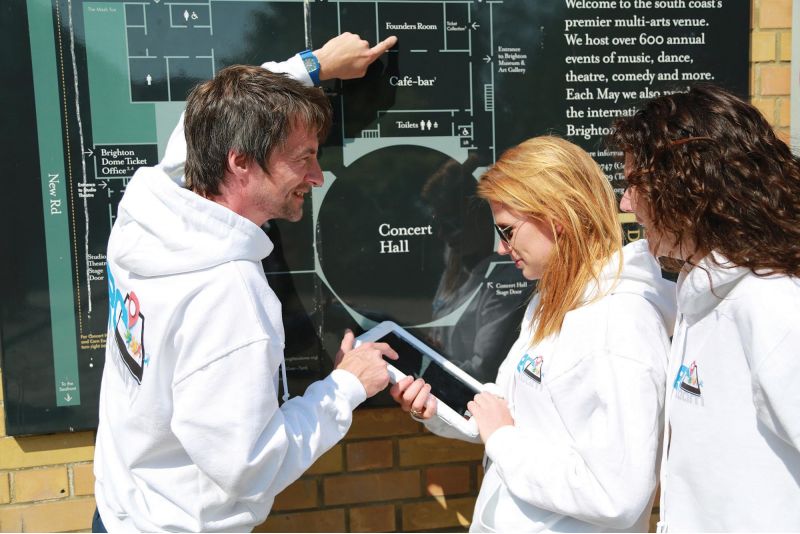
Feedback & the Potential to Improve
Gamification is a great way for teams to receive constant, up-to-date and automatic feedback. In the past, teams had to wait until an announcement, or even the end of the activity, to know how they were performing. In Catalyst Global’s technology-based programs, updates, feedback and scores are delivered in real-time as participants progress. Attendees can also receive messages of encouragement from the game controller and other participants through in-built messaging.
This ability to receive feedback at any chosen time allows all participants, not just those who are at the top of the table, to see their current performance and more easily analyse how they can improve. Research states the potential and ability to improve is an important aspect of fulfilment and well-being. With this in mind, games utilising technology should be designed with challenges that repeat a certain skill set, permitting participants to see their progress, analyse the problems they are facing and improve upon them. Catalyst applies this science to their technology-based programs, particularly during Go Engage games for staff induction and conference engagement which are generally played by an individual as part of an eLearning process.
In cases where challenges are not black and white and lack clear measures of success – for example, those marked by a game controller rather than the app itself - adopting a marking scale that encourages teams to feel that they are improving on their performance has been shown to increase attendees’ sense of fulfilment and motivation.
Overall, the application of game mechanics to team building results in a drastic increase in engagement, motivation, fulfilment and retention. These results explain why technology is playing an increasingly important role in the delivery of team building programs that incorporate game design techniques, creating more effective activities that benefit both businesses and employees.

